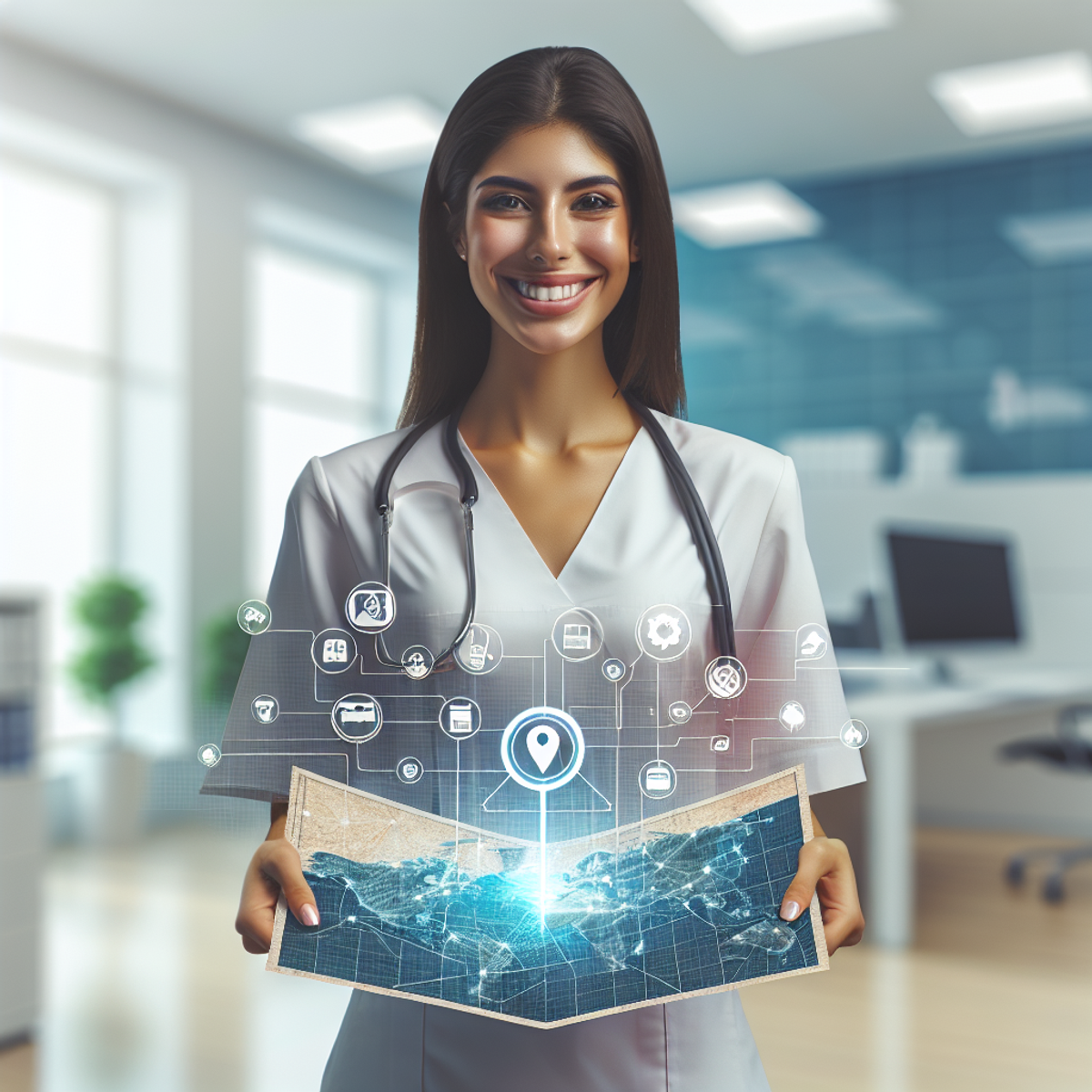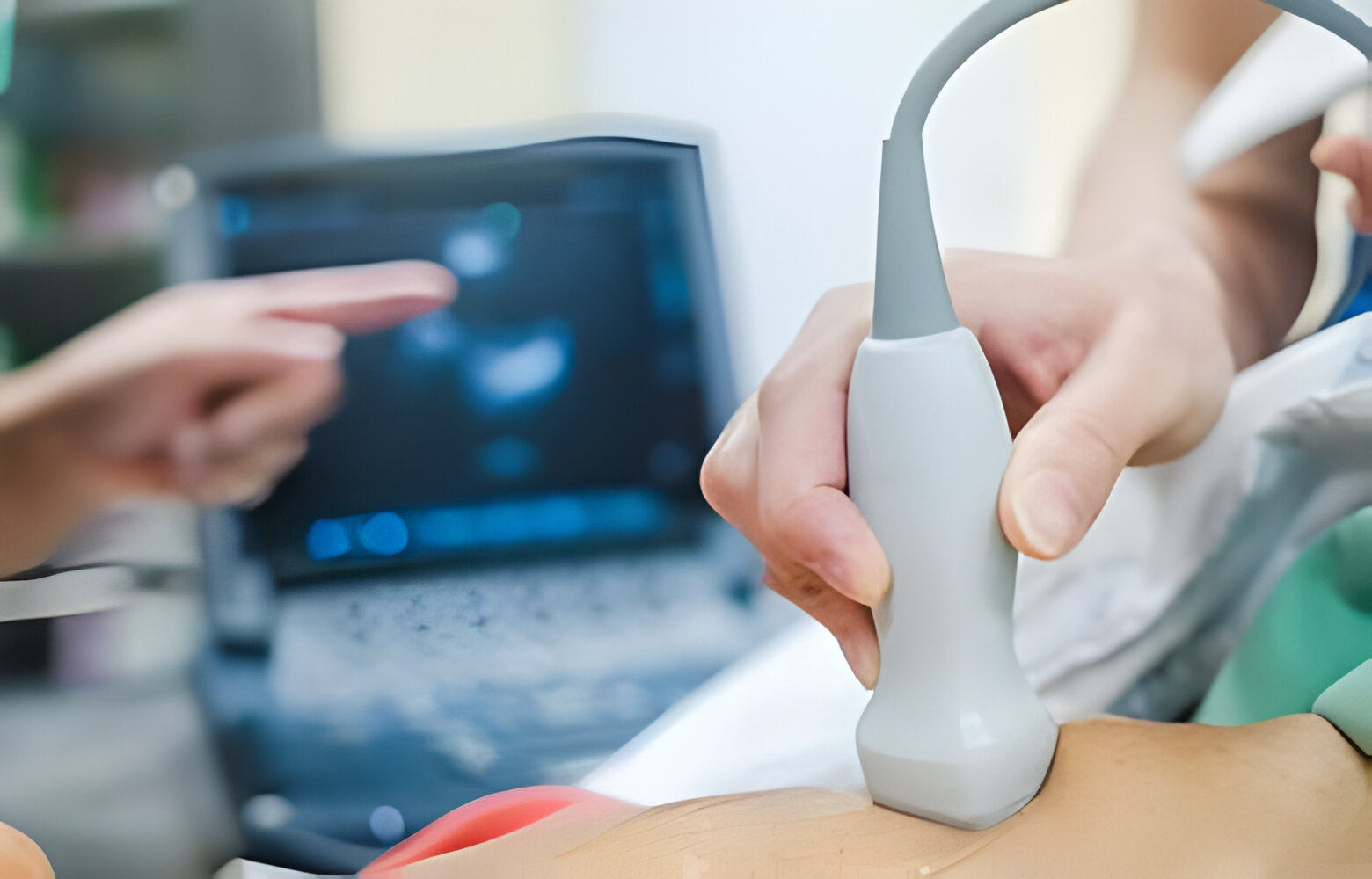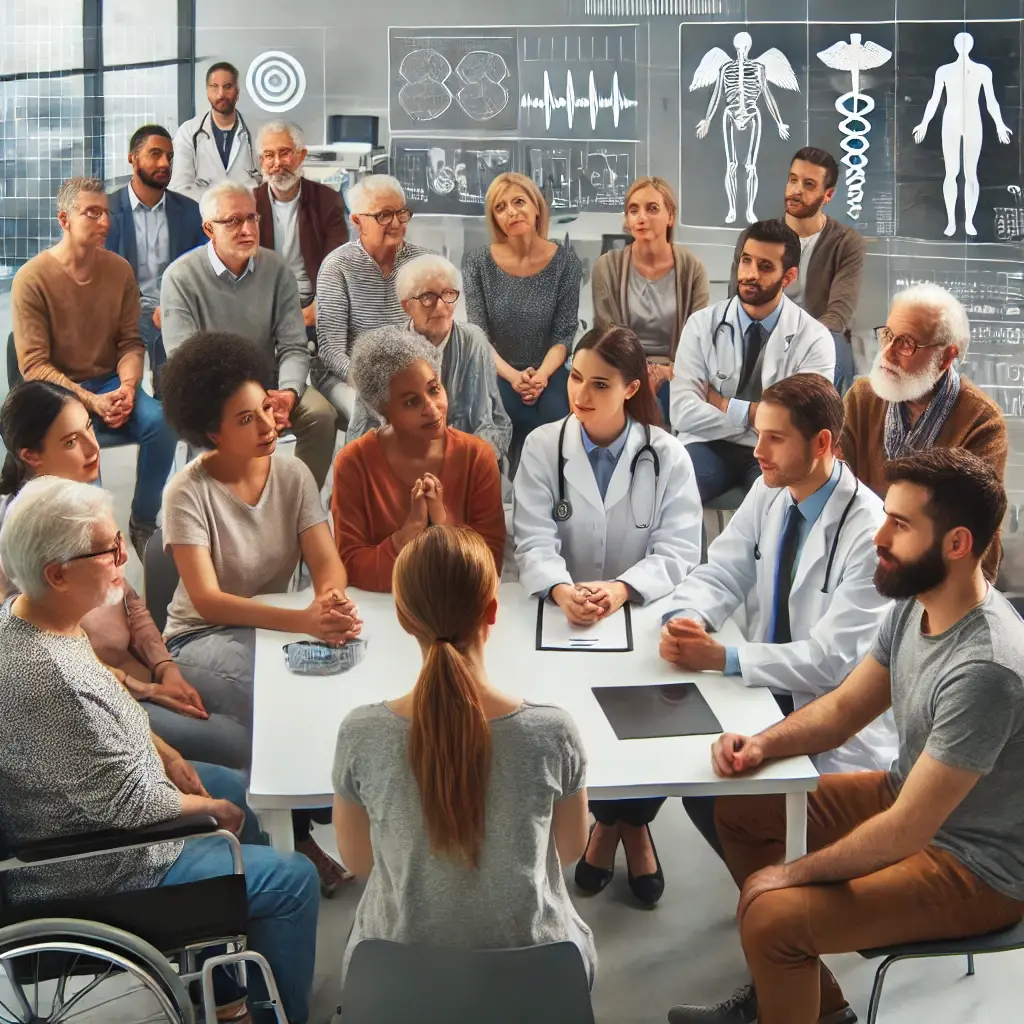In 1958, AT&T came out with the Bell 101 modem—the first commercial modem to transmit data via what would later be known as “the internet.” Shortly after, in 1959 Wilson Greatbatch patented the first internal pacemaker, which was first implanted inside a human in 1960. However, it wasn’t until 2001 when these advancements directly had a hand in changing the clinical research field. Biotronic had an approved remote monitoring system, where a user had to dial a phone number and let the phone listen to an ICD device and record the information being transmitted. Those technological gains lead to the Cleveland Clinic conducting a study in 2008 that resulted in the fact that a high number of patient evaluations can be effectively conducted remotely. I say all this to demonstrate the large strides we’ve been able to take, in all facets of our lives, all because of the technological advancements we’ve made over the last few decades.
My first personal experience with remote patient monitoring came in 2002. I was out with some friends from college and at around 7pm, one of them, Jane, asked for a ride home. I drove to her house and she invited me inside. Almost immediately, she picked up the home phone, dialed a number, and when the line connected, she put the phone to her body to allow it to listen to a medical device she had. I stared blankly at her as there was no hiding my confusion. After she was finished, I asked what she had just done and why. It was only then that I learned that she had an irregular heart rhythm and this was the only way a doctor could monitor her. She complied with these check-ins for a few months. At the end of every month, she had to go into the doctor’s office to review the results. It was fascinating to me and it definitely had an impact on my career choice.
Fast forward to 2022, Jane does not have to run home at 7pm anymore to call a system to listen to her device, but instead she simply wears a device that would utilize a cellular signal to transmit the appropriate data needed.
Things to Consider
As we delve deeper into the world of digital health, utilizing wearables for tracking patients is becoming more widely adopted and accepted; however, challenges still exist:
- Is the algorithm the wearable manufacture is using to calculate various endpoints accurate?
- What is the sensitivity level of the biosensors? (This is important in order to determine the accuracy of the raw data collected.)
- Are the measurements consistent?
Why is raw data important?
Raw data is extremely important because it:
- Allows researchers to analyze their data using approved algorithms.
- Enables accurate measurement of noise in the data.
- Uses artificial intelligence (AI) to train the data for better computational analysis that wearables are not able to do.
I am still in awe of how technological advancements have given my friend, Jane, a better quality of life. Technology has allowed her to maintain her health, without having to take valuable time out of her day to go to a doctor’s office or a hospital to take specific tests. She is just in constant compliance. She wears her device. Her device records and transmits all her raw data. Her health record is monitored by medical staff and doctors. She is contacted if the data shows there might be a reason for an in-person check-up. Otherwise, Jane’s data is passively shared without much effort on her part. She has more control over her own daily schedule and more free time to do the things she loves to do, instead of the things she needs to do to stay healthy.
Jane’s story has had a profound effect on me. It not only helped to direct me to a career path that uses technological advancements to in turn advance the clinical research field, but it also made me realize where there was potential to make a greater impact.
There are other companies that offer similar services to us at Delve Health. However, we are the only ones who can customize our algorithms. What does this mean? Well, for example, Apple Watch has their own algorithms. Most apps use Apples pre-packaged, already here, algorithms to use the data collected from the watch. At Delve Health, we can write our own algorithms, based on our client’s needs, to ensure the raw data collected actually allows them to use it to meet their goals.
There is a vast difference between just collecting raw data and talking to clinical research staff, asking them to define parameters and having a conversation to understand what insights they hope to gain from the raw data. Once we understand the goals, we can customize algorithms to organize the raw data in ways that streamline processes and highlight the specific data needed for a successful study. It’s become my life’s work because I want to help more people like my friend, Jane.
References:
- https://www.dicardiology.com/article/introduction-remote-monitoring-systems-implantable-ep-devices
- https://baptisthealth.net/baptist-health-news/heart-rhythm-tracking-devices-are-very-popular-but-dont-rely-on-them-without-medical-advice/
Wessam Sonbol, CEO and co-founder of Delve Health
Delve Health is a Virtual Research Organization (VRO) allowing organizations to conduct virtual and hybrid clinical trials, including the collection of raw data from wearables and digital devices. Interested in ways of conducting a hybrid or virtual clinical trial, improving patient compliance and reducing clinical trial costs? Reach out to us—Delve Health.



































